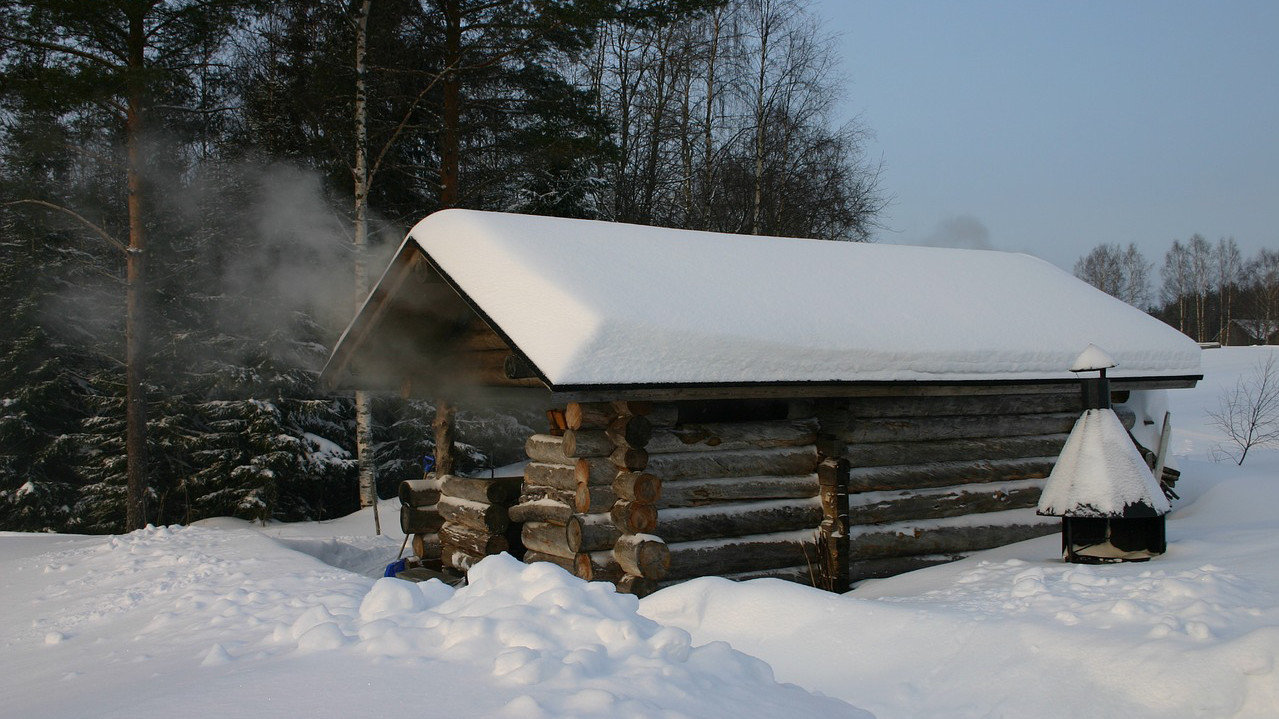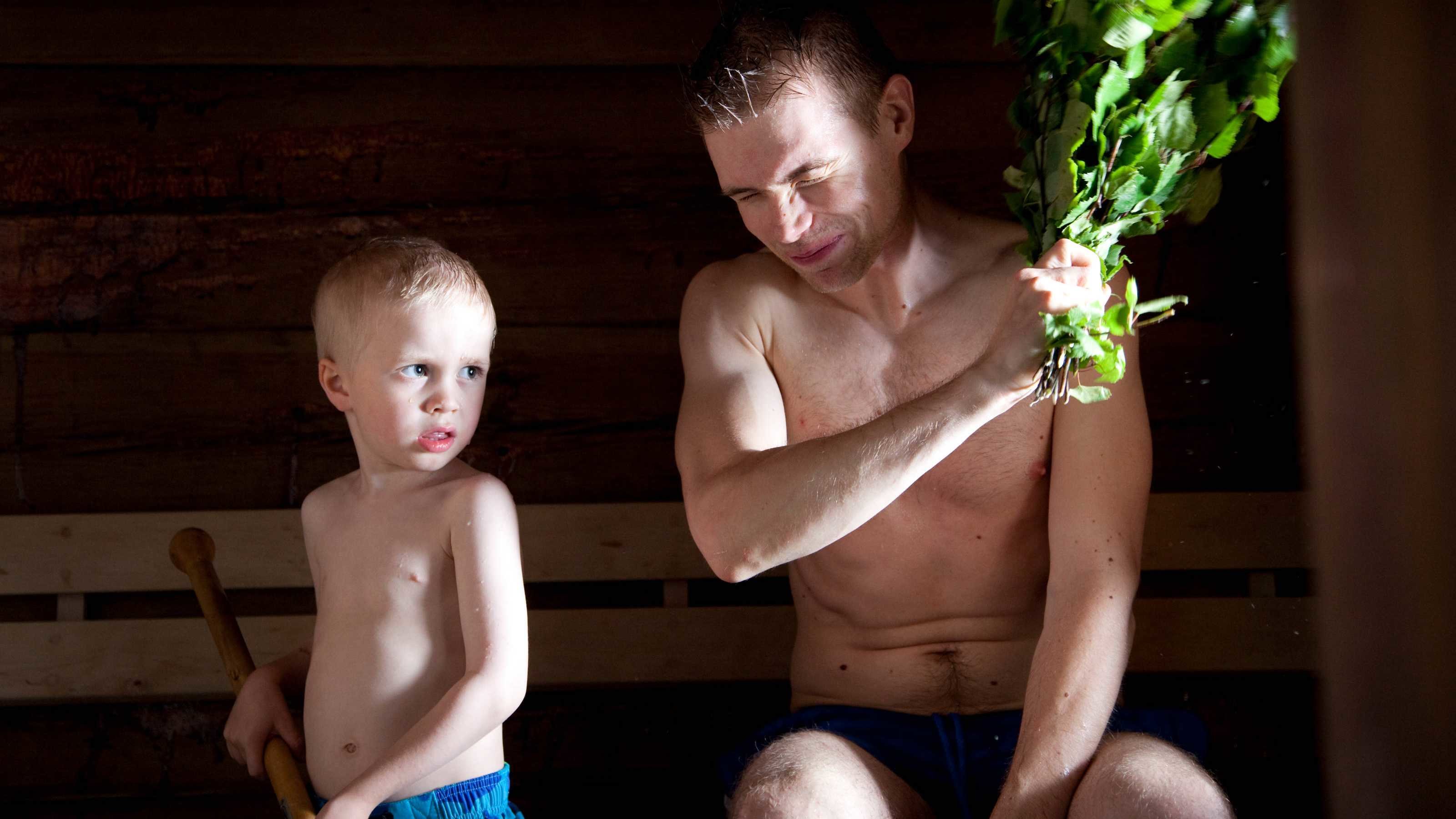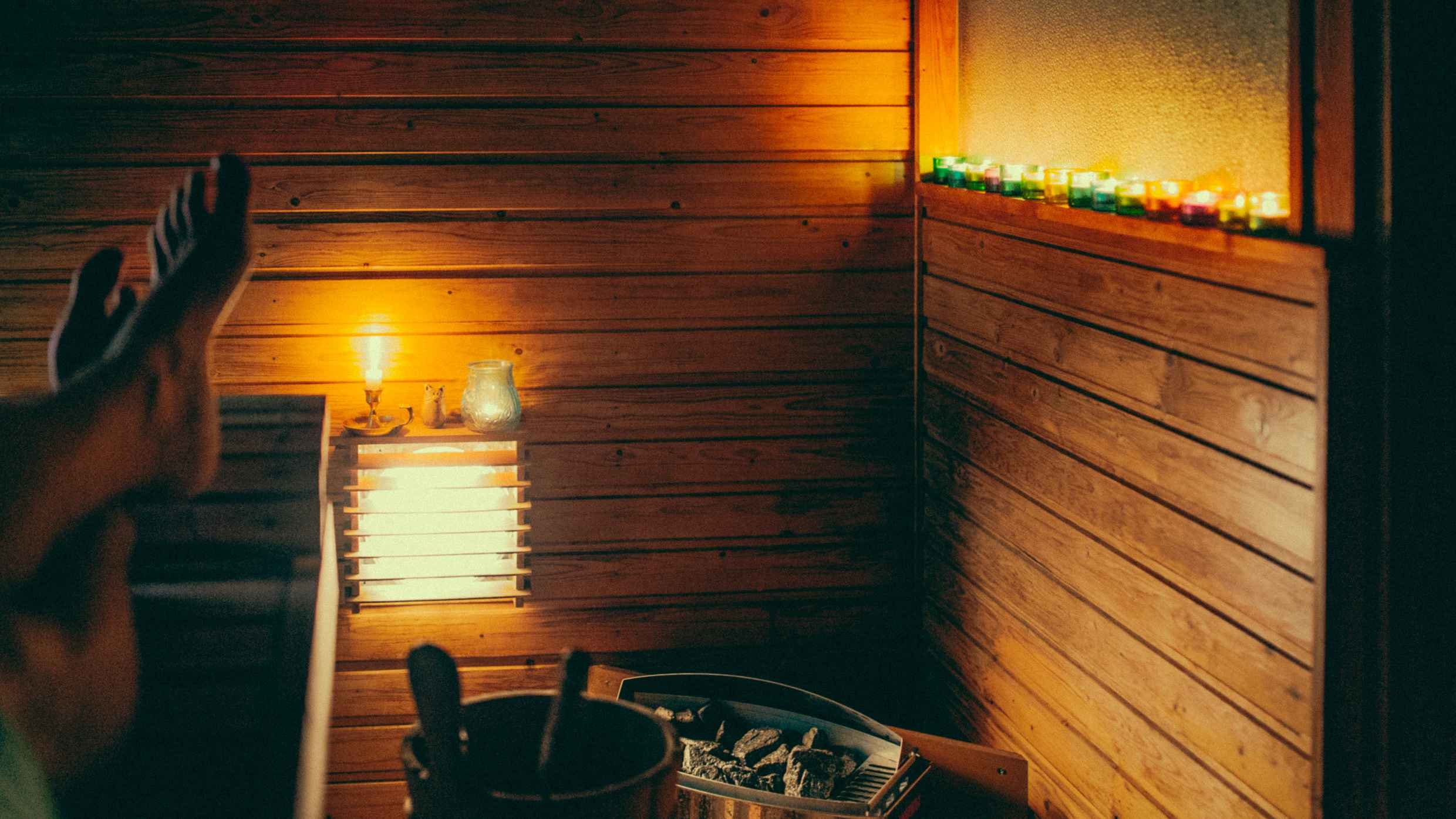Christmas sauna (Joulusauna, in Finnish language) has been a tradition in Finland for centuries. Probably it is the oldest Christmas tradition and still plays a central role on Christmas celebrations at the Finnish households, where all members of the family meet at Christmas Eve. The aim is to wash and purify their bodies and calm their minds before the arrival of the gnomes, elves and spirits of the dead who also come to bathe in the sauna after the sunset.
Finland is the country of sauna more than anyone in the world. However, the book ‘Finland, a cultural encyclopedia’ published by the Finnish Literature Society admits that “the sauna is not, however, only a Finnish invention, it is known among many Finnic peoples” but on the other hand it states that “Finns can, with good reason, be considered a special sauna nation”.
In fact, they have worked hard to earn such a reputation. Not in vain they have built around 3 million saunas in a country inhabited by 5.5 million people. To Finns, the sauna is more than the washing place that it used to be in ancient times. It is a symbol of their identity as much as the national book Kalevala, and it is also a central part of their everyday culture, a summary and synthesis of many traditions, customs and folk beliefs.
Of course the cold climate of Finland has played an important role in popularising this method of washing and relaxing by taking a hot air or steamed bath. The ritual has gone through enormous changes since pre-Christian times: at that period saunas were just simple holes on the ground with a pile of hot stones in the centre and covered with animal hides. The etymology of the word itself backs this theory, as the word 'sauna' -the most known Finnish word worldwide- means a heated hole or a foxhole.

Traditional cottage sauna
Social room and place to give birth
Some centuries ago the first sweat lodges appeared and soon saunas became for Finns a special place of reunion. According to a book published by the researcher Juha Nirkko, the sauna has played or centuries the role of a church, pharmacy, bathing place and social room. It was considered as a sacred place where women gave birth to their children, to treat the ill people and even for washing the bodies of death persons before being put into a coffin.
Over the years those rustic traditions became overcome by modernity. Nowadays the sauna culture is urbanised and i most of the Finnish homes, no matter if houses or apartments, there is a sauna built just for the joy of the household members.

Nevertheless, the sauna has managed to keep its traditional role as a central part of the Christmas celebrations, a time that for Finnish people means rest, eat plenty of food and cleanse oneself. And the sauna is the favourite choice for such cleansing in the afternoon of the Christmas Eve.
Juha Nirkko writes in this book that the household members should bathe before the spirits to not cause the wrath of the death. In fact, Finnish tradition says that elves, gnomes and dead family members also have their turn to come to bathe in the sauna after the sunset.
Candles and food for the sauna elves
In the old days before the electric saunas appeared, to prepare the Christmas Eve sauna took a long time and was a huge work. People had to start in the morning to heat the wood and sometimes even the night before. Today it takes just a couple of hours to get everything ready and done, yet it is recommended not to hurry up: Christmas sauna is intended to be enjoyed in peace, so that everybody can purify the body and the mind.

Photo: Jussi Hellsten
Families at their homes usually utilise candles and other artificial lighting, fresh bench covers, sauna oils, perfumes, essences and crispy towels to create a more genuine Christmas sauna atmosphere. The aim is to create a sense of intimacy and togetherness within the family. It is important to remember that according to the traditions every Finnish sauna has its own sauna elf (or saunatonttu, in Finnish language). So, pay your respects and later spare some Christmas treats for him too.
After all members of the family have enjoyed the sauna, they dress up, enjoy a generous Christmas Eve dinner and open the presents brought from another traditional element in the Finnish Christmas traditions: Santa Claus or Joulupukki, as he is known at these latitudes.
In the recent years, Finland has seen the revival of the old public saunas, which have become very popular especially among tourists. With them, a new kind of urban Christmas sauna tradition has emerged in the big cities like Helsinki, Turku, Tampere and also in Rovaniemi in the up north.

A public group sauna in Helsinki. Photo by: Visit Helsinki











